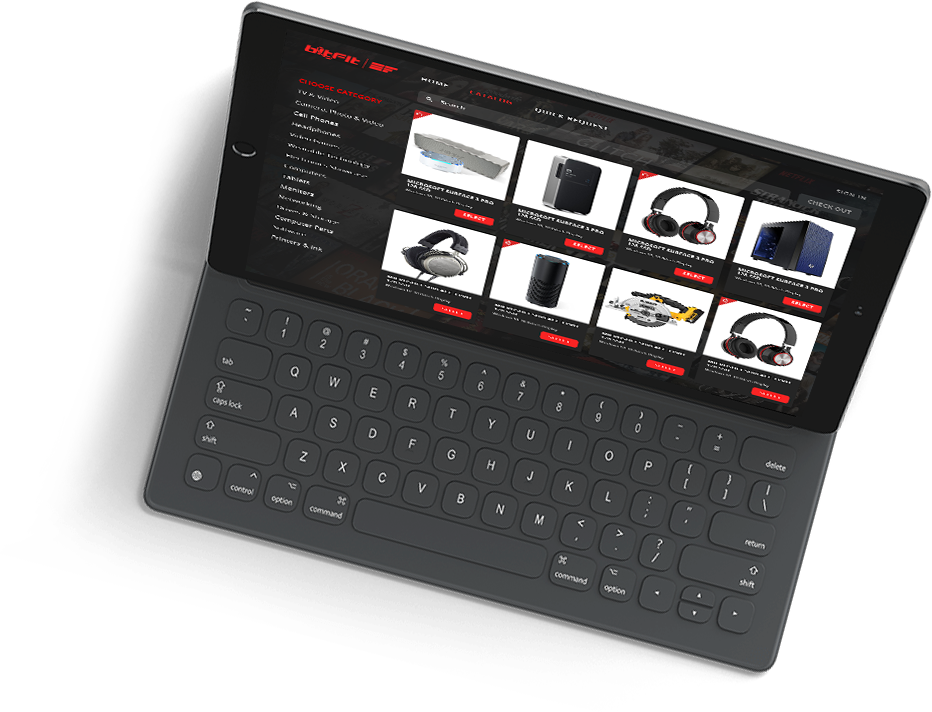
Introduction
Effective inventory management is crucial for smooth operations and financial stability in today’s fast-paced office environments. Mismanaged inventory can lead to unnecessary costs and operational hiccups. This blog post explores the pivotal role of asset management software in maintaining a streamlined inventory system and highlights the benefits it brings to your business.
Understanding Office Inventory
Office inventory refers to all tangible assets that contribute to an office’s daily functions and operations. These assets range from high-value items like computers, network equipment, and furniture to consumable supplies such as stationery, paper, and cleaning materials. Effective management of these items is critical to ensuring operational continuity and cost efficiency.
Categories of Office Inventory
Office inventory can be broadly categorized into three main types:
- Technology and Equipment: This includes computers, printers, servers, phones, and other electronic devices that are essential for the digital operations of the office.
- Furniture and Fixtures: Items such as desks, chairs, filing cabinets, and lighting fixtures fall into this category. They are critical for creating a functional work environment.
- Supplies and Stationery: These items need regular replenishment, like paper, pens, toner cartridges, and cleaning supplies.
Common Challenges in Managing Office Inventory
Managing office inventory involves several challenges that can hinder efficiency:
- Tracking and Visibility: It can be daunting to keep an up-to-date record of all assets, especially in larger offices or multiple locations. This includes knowing where each item is, who is using it, and its current condition.
- Depreciation and Lifecycle Management: Technology and equipment depreciate over time. Managing their lifecycle—from acquisition to disposal—requires careful planning to optimize usage and budget.
- Replenishment and Overstocking: Managing supply levels to avoid running out of essential items without overstocking, which ties up capital and storage space, is a delicate balance.
- Theft and Loss Prevention: Small, high-value items like tech gadgets are prone to theft or misplacement, requiring robust security measures and tracking capabilities.
By understanding these elements and challenges of office inventory, businesses can better prepare to implement effective inventory management systems that keep operations running smoothly and cost-effectively.
Setting Up Your Inventory Management System
The first step in efficient inventory management is selecting the right asset management software. This platform should accommodate your current inventory and be scalable to adapt to your business growth. Once chosen, the setup involves:
- Initial Setup: Integrate the software with your existing systems and input initial data.
- Data Entry: Detailed logging of each asset, including purchase date, cost, location, and condition.
- Categorization: Organizing assets into logical groups and tagging them for easy tracking.
Inventory Tracking Methods
There are several methods for tracking inventory:
- Barcode Scanning: Efficient for check-in and check-out processes.
- RFID Technology: Offers real-time tracking without physical scanning.
- Manual Entry: Necessary for items that are difficult to tag but more prone to human error.
Each method has strengths and limitations; the best approach often involves combining techniques. Asset management software typically supports all these methods, providing a flexible, integrated solution.
Maintaining an Accurate Inventory
Regular audits are essential to ensure the accuracy of your inventory records. Asset management software can schedule these audits and generate tasks for staff, streamlining the process. When discrepancies arise, the software helps track down issues and update records, thus maintaining the integrity of your inventory data.
Optimizing Inventory Levels
Determining the right amount of each inventory item can be complex. Asset management software aids in this process by:
- Analyzing usage patterns to predict future needs.
- Setting reorder points to initiate restocking automatically.
- Minimizing excess stock and preventing shortages.
This optimization helps reduce carrying costs and ensures that resources are available when needed.
Reporting and Analytics
Asset management software generates various reports that provide insights into your inventory management:
- Usage reports show which items are most in demand.
- Financial reports assess the cost-effectiveness of your inventory management.
- Audit reports track changes and ensure compliance with company policies.
These reports are invaluable for making informed decisions and improving inventory processes.
Best Practices for Office Inventory Management
To maximize the benefits of your inventory management system:
- Train your staff thoroughly on both the software and your inventory processes.
- Establish clear policies for handling and tracking inventory.
- Leverage all software features, such as mobile applications and cloud-based access, to maintain flexibility and accessibility.
Conclusion
Effective office inventory management is critical for operational efficiency and cost control. Asset management software not only simplifies the tracking and management of inventory but also provides tools for optimization and analysis. By adopting such technologies, businesses can achieve better control over their assets and improve overall productivity.
Among the top solutions in this space is bitFit, an asset management system that stands out due to its customizable IT Asset Tagging support and robust mobile applications for iOS and Android. Designed to fit perfectly for office inventory management, bitFit encompasses all the necessary features for comprehensive asset tracking and management. Whether you’re looking to streamline inventory processes, enhance accuracy, or implement scalable solutions, bitFit offers the tools and flexibility needed to succeed.
We encourage businesses seeking to enhance their inventory practices to explore how bitFit can integrate seamlessly into their operations. Do not hesitate to contact us for further information or to see how bitFit can transform your asset management.

